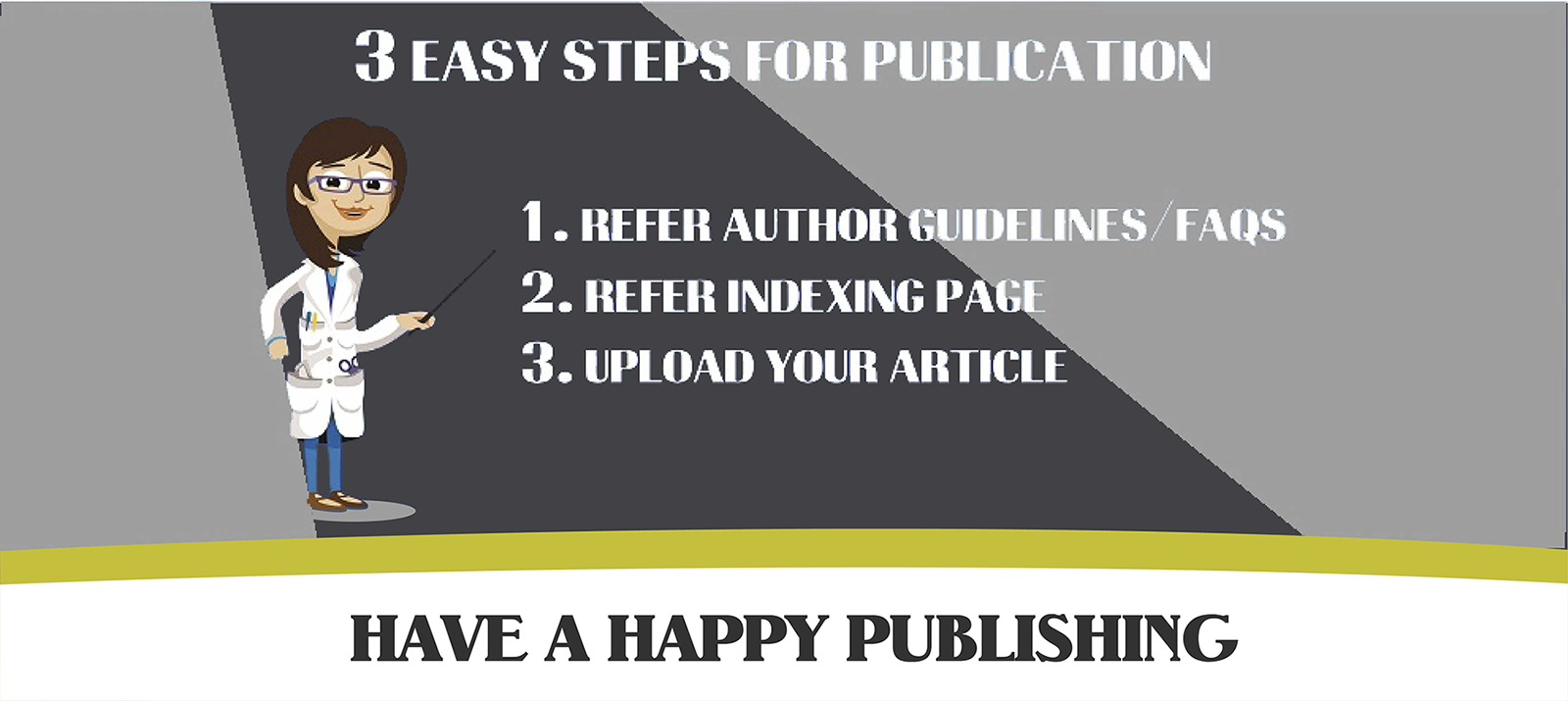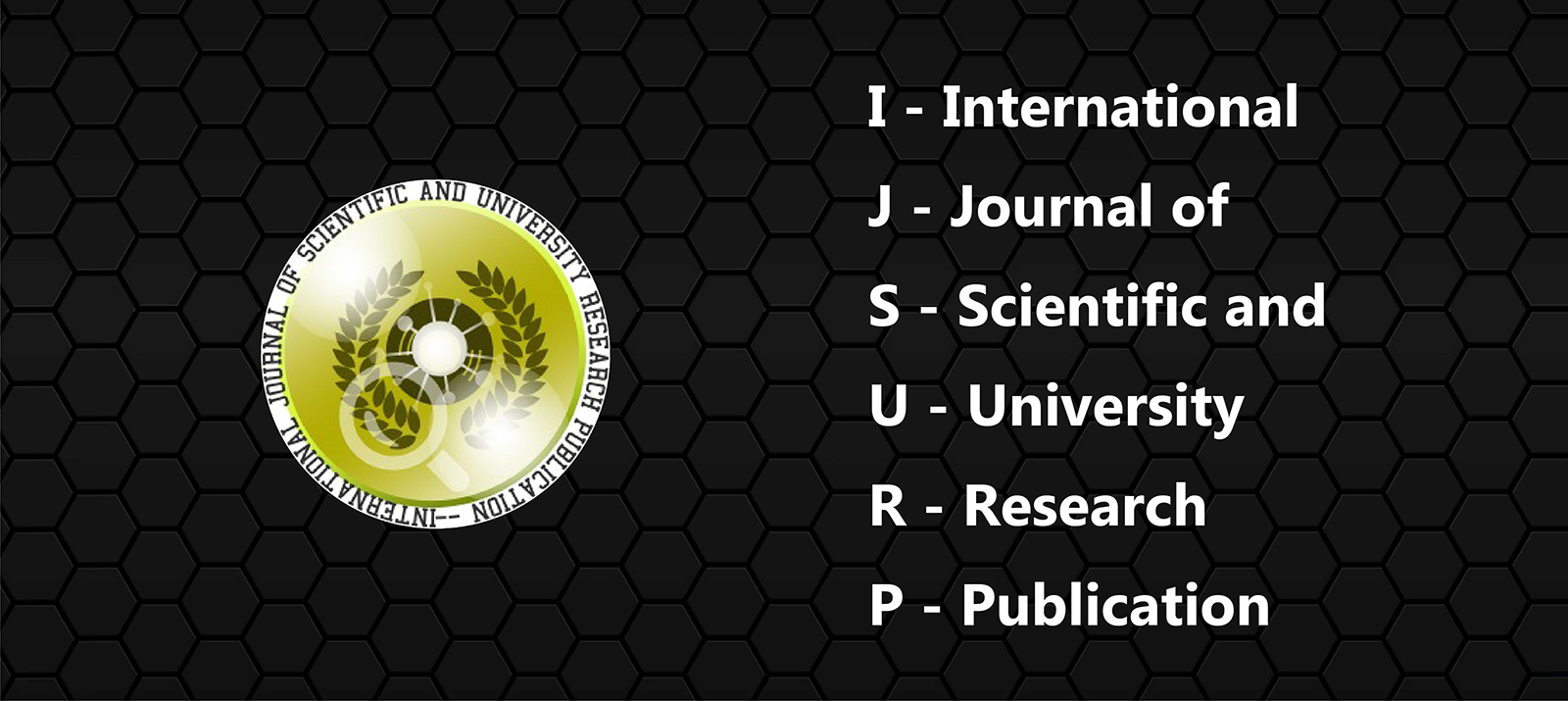
ALTERNATIVE MEDICINE; THE TENDENCY OF USING COMPLIMENTARY ALTERNATIVE MEDICINE IN PATIENTS OF DIFFERENT HOSPITALS OF LAHORE, PAKISTAN.
Authore(s) : Dr. Ghulam Jilany Khan || Faculty of PharmacyUniversity of Central PunjabLahore Pakistan.
Volume : (13), Issue : 205, February - 2018
Abstract : From ancient times, humankind has used self-created traditional methods for handling the illnesses and continues to use them along with modern medicine. Even today, more than 70% of the world’s population still depends on the complementary and alternative systems of medicine (CAM). The objective of this study is to create awareness of health hazards with the use of CAM therapies and to find out its utility among Pakistani population. Comprehensive questionnaire was developed for the study on the use of CAM and was distributed to 470 patients/attendants in different hospitals of Lahore as well as major hospitals and clinical setups in the peripheral regions of Lahore, Pakistan. Over all, the response rate of the study was 81.7% while 78.1 % population found as CAM user. The most common type of alternative medicine used by patients is from Hakeem (Natural Therapist) which is about 17% and the most frequent disease for which patients often go for CAM therapy is liver diseases (19%). Respondents found inclined towards CAM only due to its marketed false benefits and not because of their dissatisfaction with conventional therapy. Conclusions: A noteworthy population of Pakistan is using CAM therapies from different practitioners, irrespective of any education and awareness about their disease and long-term drawbacks because of improper treatment of the disease. Though adverse events due to the use of CAM therapy are not unusual still a delay in the proper treatment usually ends up in serious consequences and even loss of lives.
Keywords :Complimentary alternative medicine, Hakeem, Liver Diseases, Modern medicine, Conventional therapy.
Article: Download PDF Journal DOI : 301/704
Cite This Article:
THE TENDENCY OF USING COMPLIMENTARY ALTERNATIVE MEDICINE
Vol.I (13), Issue.I 205
Article No : 10024
Number of Downloads : 101
References :
Wetzel, M. S., Eisenberg, D. M., & Kaptchuk, T. J.Courses involving complementary and alternative medicine at US medical schools.JAMA: the journal of the American Medical Association, 1998; 280(9), 784-787.
Shaikh, B. T., & Hatcher, J. Complementary and alternative medicine in Pakistan: prospects and limitations. Evidence-Based Complementary and Alternative Medicine, 2005; 2(2),... More
- Wetzel, M. S., Eisenberg, D. M., & Kaptchuk, T. J.Courses involving complementary and alternative medicine at US medical schools.JAMA: the journal of the American Medical Association, 1998; 280(9), 784-787.
- Shaikh, B. T., & Hatcher, J. Complementary and alternative medicine in Pakistan: prospects and limitations. Evidence-Based Complementary and Alternative Medicine, 2005; 2(2), 139-142.
- Palinkas, L. A., Kabongo, M. L., &Surfnet Study Group. The use of complementary and alternative medicine by primary care patients.Journal of Family Practice, 2000;49(12), 1121-1132.
- Hussain, S. A., Saeed, A., Ahmed, M., &Qazi, A. (2006).Contemporary role and future prospects of medicinal plants in the health care system and pharmaceutical industries of Pakistan. URL http://www.telmedpak. com/doctorsarticles.[accessed on 6/12/2013].
- Sheikh, S., & Furnham, A. A cross-cultural study of mental health beliefs and attitudes towards seeking professional help.Social Psychiatry and Psychiatric Epidemiology, 2000;35(7), 326-334.
- Hunte, P. A., & Sultana, F. Health-seeking behavior and the meaning of medications in Baluchistan,Pakistan. Social Science & Medicine, 1992;34(12),1385-1397.
- Rahmatullah, M., Jahan, R., Azam, F. S., Hossan, S., Mollik, M. A. H., &Rahman, T. Folk medicinal uses of Verbenaceae family plants in Bangladesh. African Journal of Traditional, Complementary and Alternative Medicines, 2011;8(5S).
- Zumla, A., Behrens, R. H., &Memish, Z. Travel Medicine, An Issue of Infectious Disease Clinics (Vol. 26, No.3). Elsevier Health Sciences 2012.
- Stener-Victorin, E., Wikland, M., Waldenström, U., & Lundeberg, T. Alternative treatments in reproductive medicine: much ado about nothing Acupuncture—a method of treatment in reproductive medicine: lack of evidence of an effect does not equal evidence of the lack of an effect. Human Reproduction, 2002;17(8),1942-1946.
- Rahman, A. U., &Choudhary, M. I. Bio prospecting of Medicinal and Food Plants: Pakistan. New York: UNDP 2003.
- Cooper, E. L. Complementary and alternative medicine, when rigorous, can be science. Evidence- Based Complementary and Alternative Medicine, 2004;1(1), 1.
- World Health Organization. (2002). WHO traditional medicine strategy 2002-2005.
- Bishop, F. L., Yardley, L., &Lewith, G. T. A systematic review of beliefs involved in the use of complementary and alternative medicine. Journal of health psychology, 2007;12(6), 851-867.
- Boivin, J., Bunting, L., Collins, J. A., & Nygren, K. G. International estimates of infertility prevalence and treatment-seeking: potential need and demand for infertility medical care. Human reproduction, 2007;22(6), 1506-1512.
- Beal, M. W. Women’s use of complementary and alternative therapies in reproductive health care. Journal of nurse-midwifery, 1998;43(3), 224-234.
- Tada, T. Toward the philosophy of CAM: super- system and epimedical sciences. Evidence-based Complementary and Alternative Medicine, 2004;1(1), 5.
- Haub, C., & Cornelius, D. (2007). World Population Data Sheet (Washington, DC: Population Reference Bureau, 2007).
- Khushk, W. A., Fatmi, Z., White, F., &Kadir, M. M. Health and social impacts of improved stoves on rural women: a pilot intervention in Sindh, Pakistan. Indoor air, 2005;15(5), 311-316.
- Edirne, T., Arica, S. G., Gucuk, S., Yildizhan, R., Kolusari, A., Adali, E., & Can, M. Use of complementary and alternative medicines by a sample of Turkish women for infertility enhancement: a descriptive study. BMC complementary and alternative medicine, 2010;10(1),11.
- Del Mundo, W. F., Shepherd, W. C., &Marose, T. D. Use of alternative medicine by patients in a rural family practice clinic. FAMILY MEDICINE-KANSAS CITY-, 2002;34(3), 206-212.
- Oldendick, R., Coker, A. L., Wieland, D., Raymond, J. I., Probst, J. C., Schell, B. J., &Stoskopf, C. H. Population- based survey of complementary and alternative medicine usage, patient satisfaction, and physician involvement. Southern Medical Journal, 2000;93(4),375-381.
- Ezeome, E. R., &Anarado, A. N. Use of complementary and alternative medicine by cancer patients at the University of Nigeria Teaching Hospital, Enugu, Nigeria. BMC complementary and alternative medicine, 2007;7(1), 28.
- Hawk, C., Ndetan, H., & Evans, M. W. Potential role of complementary and alternative health care providers in chronic disease prevention and health promotion: An analysis of National Health Interview Survey data. Preventive medicine, 2012;54(1), 18-22.
- Ahmed, M., Khan, M. A., Zafar, M., & Sultana, S. Treatment of common ailments by plant-based remedies among the people of district Attock (Punjab) of Northern Pakistan. African Journal of Traditional, Complementary and Alternative Medicines, 2007;4(1), 112-120.
- Astin, J. A. Why patients use alternative medicine. JAMA: the journal of the American Medical Association, 1998;279(19),1548-1553.
... Less
- Wetzel, M. S., Eisenberg, D. M., & Kaptchuk, T. J.Courses involving complementary and alternative medicine at US medical schools.JAMA: the journal of the American Medical Association, 1998; 280(9), 784-787.
- Shaikh, B. T., & Hatcher, J. Complementary and alternative medicine in Pakistan: prospects and limitations. Evidence-Based Complementary and Alternative Medicine, 2005; 2(2), 139-142.
- Palinkas, L. A., Kabongo, M. L., &Surfnet Study Group. The use of complementary and alternative medicine by primary care patients.Journal of Family Practice, 2000;49(12), 1121-1132.
- Hussain, S. A., Saeed, A., Ahmed, M., &Qazi, A. (2006).Contemporary role and future prospects of medicinal plants in the health care system and pharmaceutical industries of Pakistan. URL http://www.telmedpak. com/doctorsarticles.[accessed on 6/12/2013].
- Sheikh, S., & Furnham, A. A cross-cultural study of mental health beliefs and attitudes towards seeking professional help.Social Psychiatry and Psychiatric Epidemiology, 2000;35(7), 326-334.
- Hunte, P. A., & Sultana, F. Health-seeking behavior and the meaning of medications in Baluchistan,Pakistan. Social Science & Medicine, 1992;34(12),1385-1397.
- Rahmatullah, M., Jahan, R., Azam, F. S., Hossan, S., Mollik, M. A. H., &Rahman, T. Folk medicinal uses of Verbenaceae family plants in Bangladesh. African Journal of Traditional, Complementary and Alternative Medicines, 2011;8(5S).
- Zumla, A., Behrens, R. H., &Memish, Z. Travel Medicine, An Issue of Infectious Disease Clinics (Vol. 26, No.3). Elsevier Health Sciences 2012.
- Stener-Victorin, E., Wikland, M., Waldenström, U., & Lundeberg, T. Alternative treatments in reproductive medicine: much ado about nothing Acupuncture—a method of treatment in reproductive medicine: lack of evidence of an effect does not equal evidence of the lack of an effect. Human Reproduction, 2002;17(8),1942-1946.
- Rahman, A. U., &Choudhary, M. I. Bio prospecting of Medicinal and Food Plants: Pakistan. New York: UNDP 2003.
- Cooper, E. L. Complementary and alternative medicine, when rigorous, can be science. Evidence- Based Complementary and Alternative Medicine, 2004;1(1), 1.
- World Health Organization. (2002). WHO traditional medicine strategy 2002-2005.
- Bishop, F. L., Yardley, L., &Lewith, G. T. A systematic review of beliefs involved in the use of complementary and alternative medicine. Journal of health psychology, 2007;12(6), 851-867.
- Boivin, J., Bunting, L., Collins, J. A., & Nygren, K. G. International estimates of infertility prevalence and treatment-seeking: potential need and demand for infertility medical care. Human reproduction, 2007;22(6), 1506-1512.
- Beal, M. W. Women’s use of complementary and alternative therapies in reproductive health care. Journal of nurse-midwifery, 1998;43(3), 224-234.
- Tada, T. Toward the philosophy of CAM: super- system and epimedical sciences. Evidence-based Complementary and Alternative Medicine, 2004;1(1), 5.
- Haub, C., & Cornelius, D. (2007). World Population Data Sheet (Washington, DC: Population Reference Bureau, 2007).
- Khushk, W. A., Fatmi, Z., White, F., &Kadir, M. M. Health and social impacts of improved stoves on rural women: a pilot intervention in Sindh, Pakistan. Indoor air, 2005;15(5), 311-316.
- Edirne, T., Arica, S. G., Gucuk, S., Yildizhan, R., Kolusari, A., Adali, E., & Can, M. Use of complementary and alternative medicines by a sample of Turkish women for infertility enhancement: a descriptive study. BMC complementary and alternative medicine, 2010;10(1),11.
- Del Mundo, W. F., Shepherd, W. C., &Marose, T. D. Use of alternative medicine by patients in a rural family practice clinic. FAMILY MEDICINE-KANSAS CITY-, 2002;34(3), 206-212.
- Oldendick, R., Coker, A. L., Wieland, D., Raymond, J. I., Probst, J. C., Schell, B. J., &Stoskopf, C. H. Population- based survey of complementary and alternative medicine usage, patient satisfaction, and physician involvement. Southern Medical Journal, 2000;93(4),375-381.
- Ezeome, E. R., &Anarado, A. N. Use of complementary and alternative medicine by cancer patients at the University of Nigeria Teaching Hospital, Enugu, Nigeria. BMC complementary and alternative medicine, 2007;7(1), 28.
- Hawk, C., Ndetan, H., & Evans, M. W. Potential role of complementary and alternative health care providers in chronic disease prevention and health promotion: An analysis of National Health Interview Survey data. Preventive medicine, 2012;54(1), 18-22.
- Ahmed, M., Khan, M. A., Zafar, M., & Sultana, S. Treatment of common ailments by plant-based remedies among the people of district Attock (Punjab) of Northern Pakistan. African Journal of Traditional, Complementary and Alternative Medicines, 2007;4(1), 112-120.
- Astin, J. A. Why patients use alternative medicine. JAMA: the journal of the American Medical Association, 1998;279(19),1548-1553.






